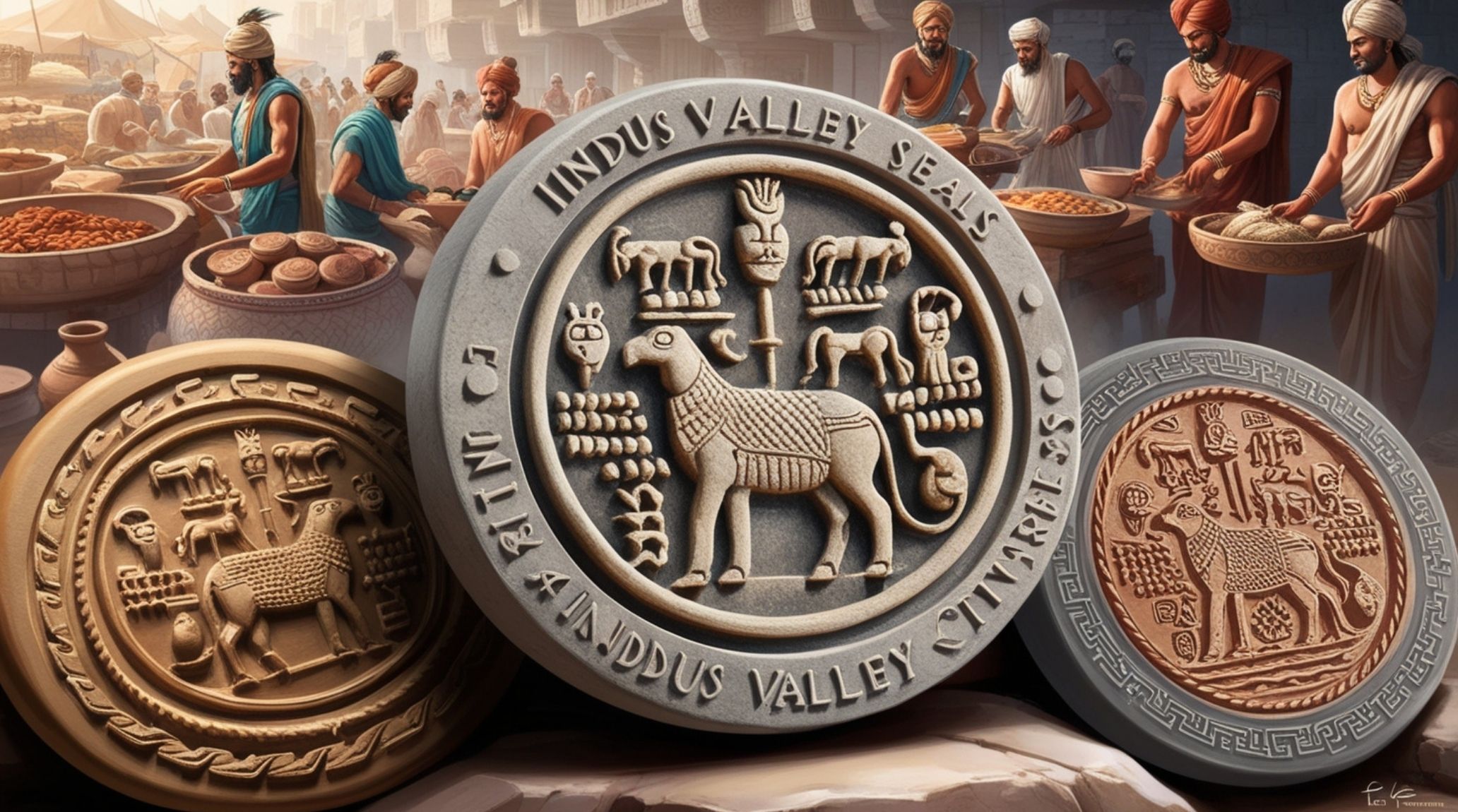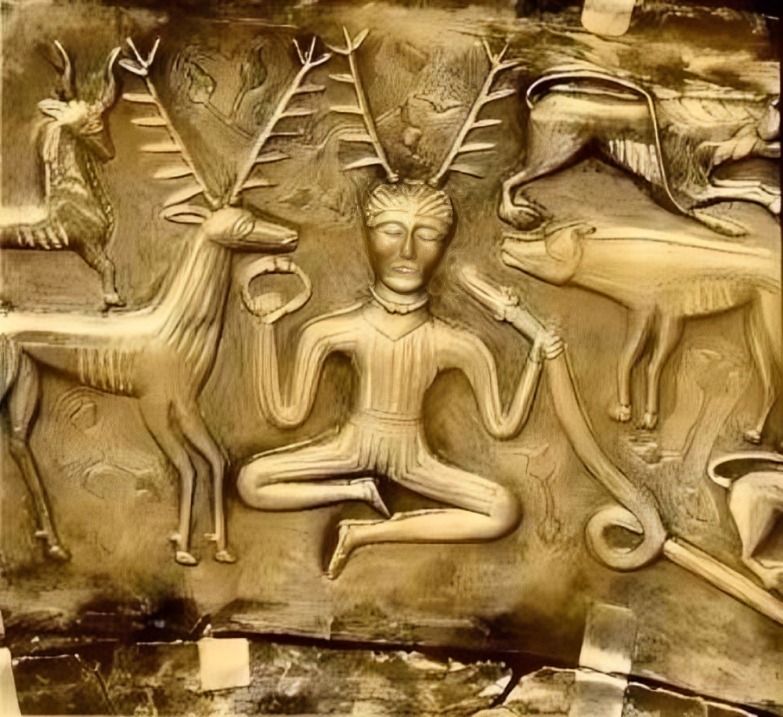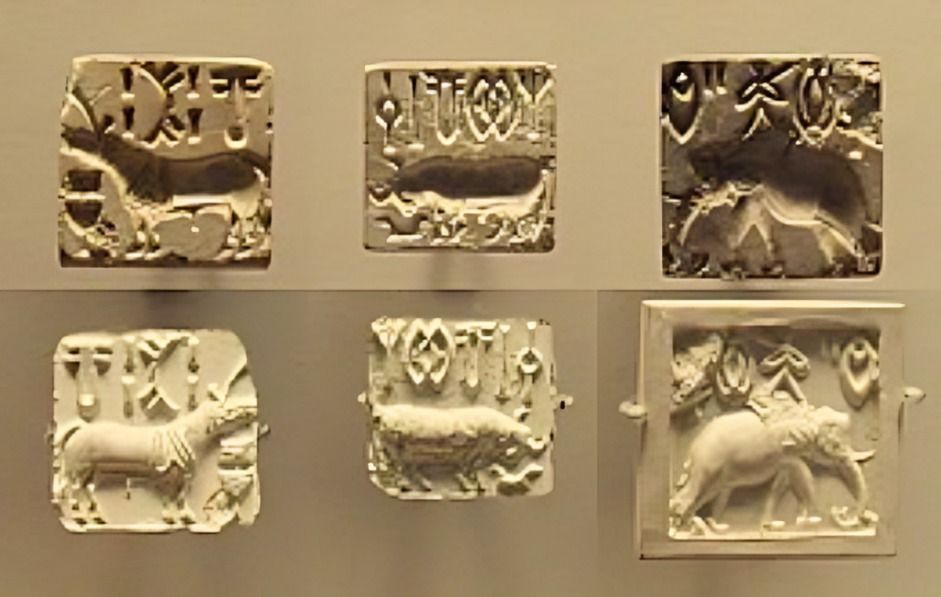
“
Indus Valley Seals are more than just relics; they are windows into the complex world of the Indus Valley Civilization. These seals played a crucial role in trade and personal identity, serving as both practical tools and cultural symbols. This article delves into 20 key facts about Indus Valley Seals, shedding light on their significance and uses in ancient times.1
1
”
Over 3,500 intricately carved and fired stone seals have been found from the Indus Valley Civilization. Most are square, with symbols at the top, an animal in the center, and more symbols at the bottom.1
Most seals are made from a soft stone called steatite, but some are crafted from terracotta, ivory, or copper. This variety shows different techniques and resources used.2

Most seals are rectangular or square. Their uniform shapes suggest a standard method of production and use across the Indus Valley Civilization. This consistency indicates a well-organized and possibly centralized system of administration and trade.
Many seals depict animals such as elephants, tigers, and mythical creatures. These designs may have held symbolic or religious significance, reflecting the culture’s beliefs and values.3
Seals were used to stamp goods and documents, likely for trade and administrative purposes. This practice helped to mark ownership and authenticate transactions.4
Seals have been discovered far beyond the Indus Valley, including in Mesopotamia. This wide distribution highlights the extent of trade and cultural connections of the Indus Valley Civilization.5
Some seals feature symbols that are not fully understood, including the enigmatic “unicorn” motif. This particular symbol is unique to Indus Valley seals and remains a subject of debate.6
Certain seals show figures, yogic postures, which might represent deities or important figures. This suggests the presence of religious or ceremonial practices. The detailed depiction of these postures indicates a possible significance in spiritual contexts.7
The Indus Valley script has led to various theories linking it to ancient Dravidian languages or early forms of Sanskrit. This has spurred ongoing research into the language and its origins.8
The detailed and intricate carving on the seals demonstrates advanced artistic skills. This high level of craftsmanship reflects the technological and cultural achievements of the civilization.9

Seals vary in size, from a few centimeters to over 10 cm in length. This variation may indicate different uses, statuses, or importance within the society. Larger seals might have been reserved for official or ceremonial purposes.
Some seals appear to include personal names or titles, suggesting they might have been used for individual identification or ownership, possibly by specific families or officials. 10
Seals were used to make impressions on clay or other soft materials. The raised designs on the seals left clear and distinctive marks, functioning as a form of signature or verification.11
Certain symbols appear on multiple seals, indicating they likely held important meaning. These repeated motifs may have been used to convey specific messages or signify affiliations. Their widespread use suggests they were key to communication or identity.12
The use of seals provides valuable information about the administrative and economic systems of the Indus Valley Civilization, shedding light on trade, record-keeping, and governance.13
The discovery of Indus Valley seals in distant regions like Mesopotamia indicates a network of cultural and trade exchanges between ancient civilizations. This widespread presence suggests that the Indus Valley Civilization was an integral part of the world.14
Some seals might have been used to display authority or status. Different seals could represent different roles or administrative positions within the society. This variation in seals likely helped in organizing and managing various aspects of governance.15
The “unicorn” symbol on some seals is a notable mystery. Its meaning and significance are still debated, adding to the intrigue surrounding Indus Valley iconography.16
The variety and complexity of the symbols on the seals suggest that the Indus Valley script was a sophisticated system, potentially used for detailed administrative or ceremonial purposes.17
The artistic style and motifs on the seals have influenced studies of ancient art. They provide insights into the cultural and aesthetic values of the Indus Valley people. This artistic legacy helps us understand their beliefs, social structure, and daily life.18


